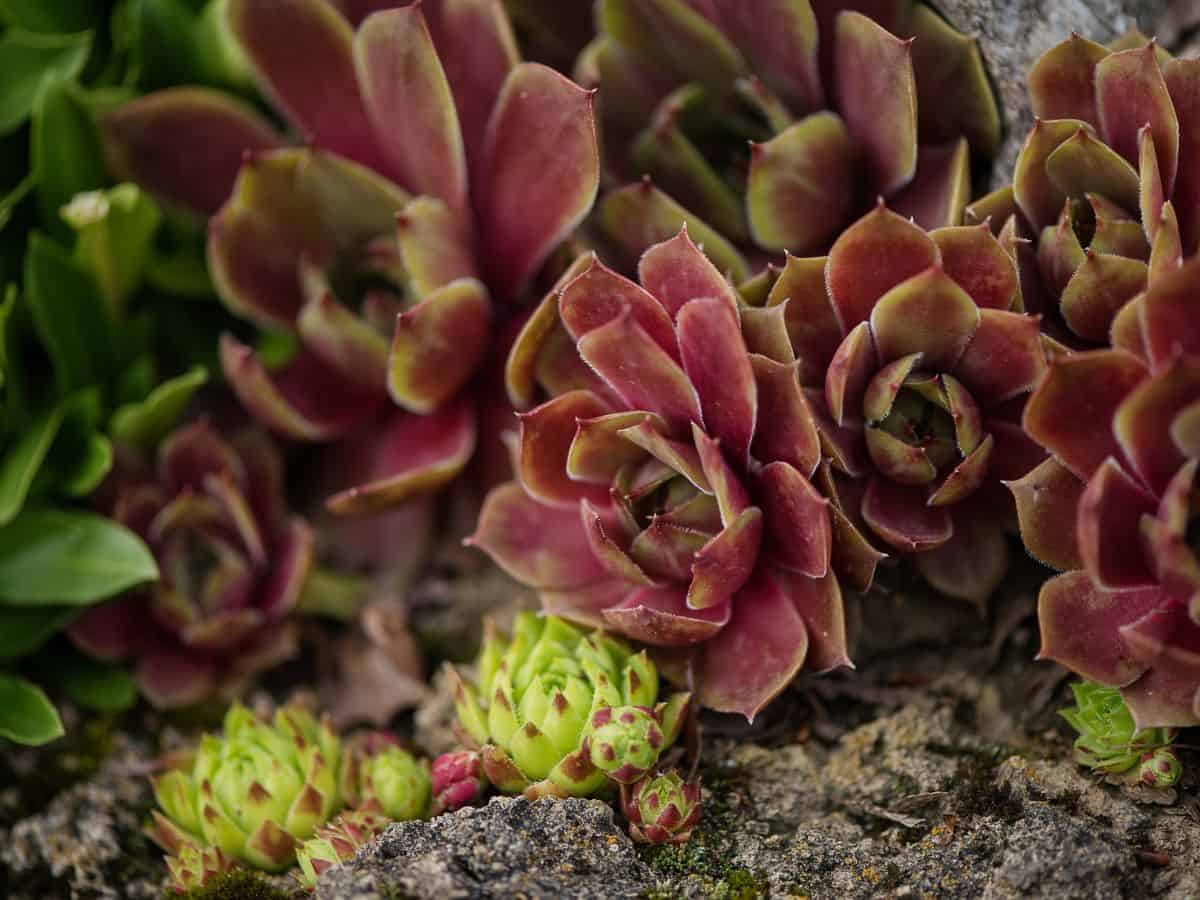
This article is a contribution from our friend Jane Moloney, who runs a blog about succulenting in Australia! Here's a sneak peek into succulents down under!
Jump to:
Australians and Succulents
Succulents have been adored by Australians for many decades. My local succulent nursery has been trading for over 20 years. Succulents are becoming more popular as drought tolerant, low maintenance gardens become a necessity in a country that has water shortages and extreme temperatures on a regular basis.
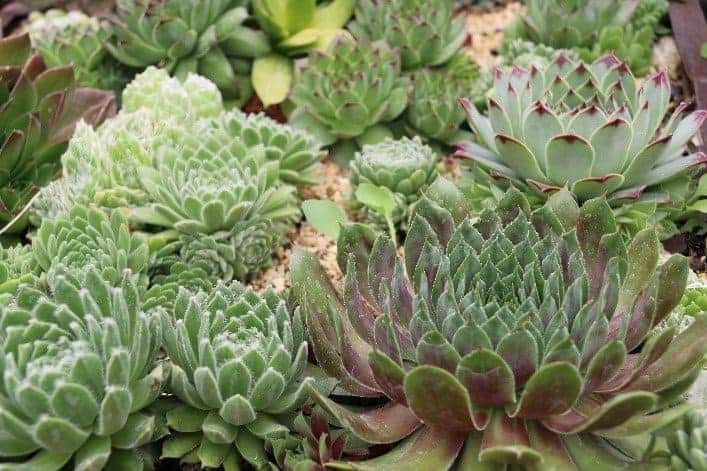
Climate
Australia has more than one climate zone due to its size. Ranging from tropical in the north with hot and humid summers/warmish and dry winters, to cooler southern areas with mild summers and rainy winters. A cold day in the coldest part of Australia in Winter might reach a low of 50F/10C.
The advantages of living in such a warm climate mean that we do not have to bring our succulents indoors over the winter period. Conversely, the extreme heat we endure over summer can mean that our succulents have sunburnt leaves on a regular basis.
We do, however, risk hail or frost damage which is a stressful time for any succulent owner. Of course, we know succulents are resilient and robust... and will usually bounce back within a few months.
Read Also: Aloe juvenna - Tiger Tooth Aloe
Varieties of Available Succulents
Even though Australia has a large range of succulents it does not compare to the variety available to other parts of the world. Australia’s biodiversity laws restrict imports from outside its borders. We often look on with envious eyes at succulents available in other parts of the world. We enjoy the more popular genera such as Echeveria, Sempervivum, Agave, Aloe, and Aeoniums to name a few.
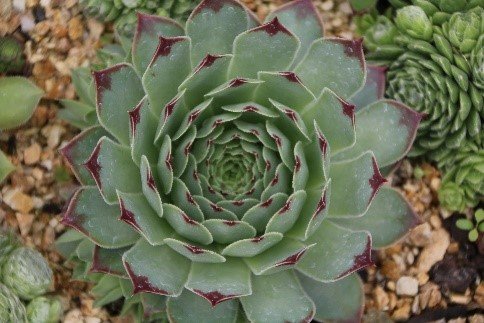
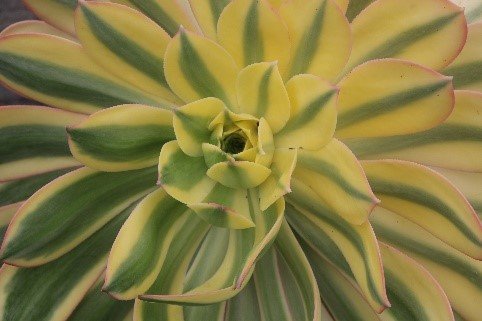
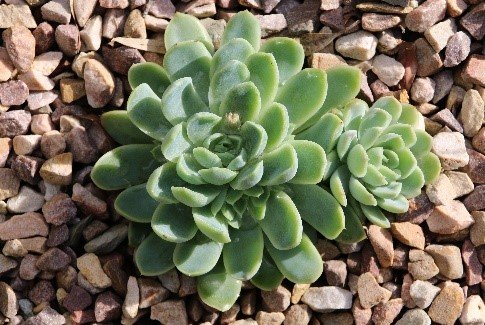
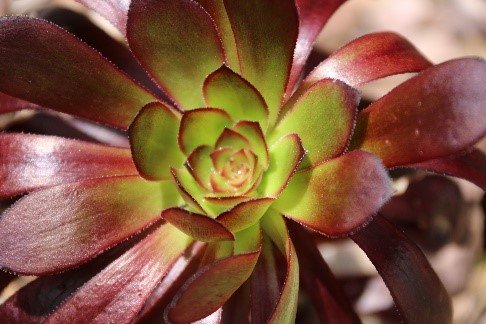
Succulents Native to Australia
Australia has few native succulents like those. Here are two native plants that are often mistaken for succulents. They have similar characteristics in that they survive in very poor soil, grow in dry areas, and have a cactus-like appearance.
No products found.
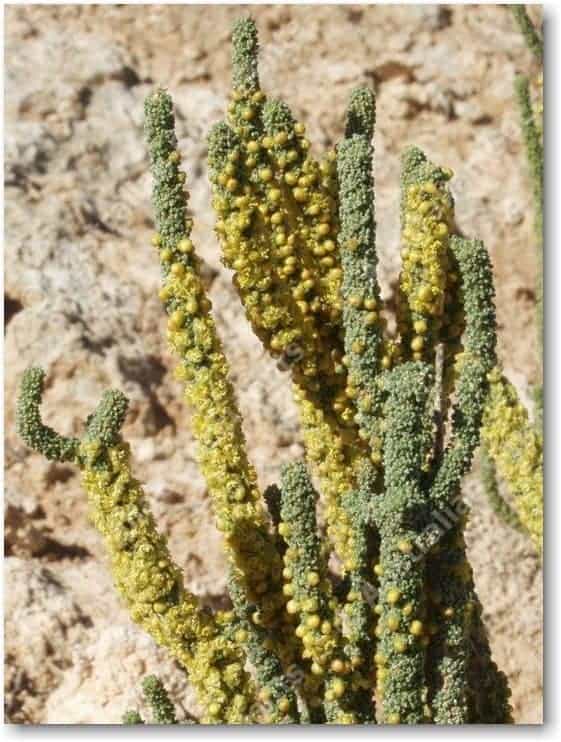
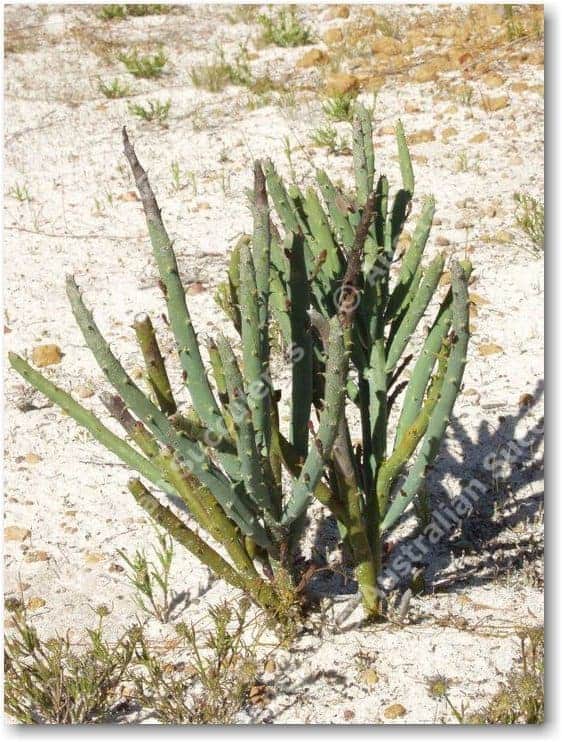
Check Also: Sansevieria cylindrica - African Spear
Fire-Retardant Succulents
Living in a country that is prone to bush fires during the hot summers, succulents are a great choice of plant for our gardens. -Succulents have fire-retardant properties, so they may get a little charred but will stay largely intact (or propagate themselves back!).
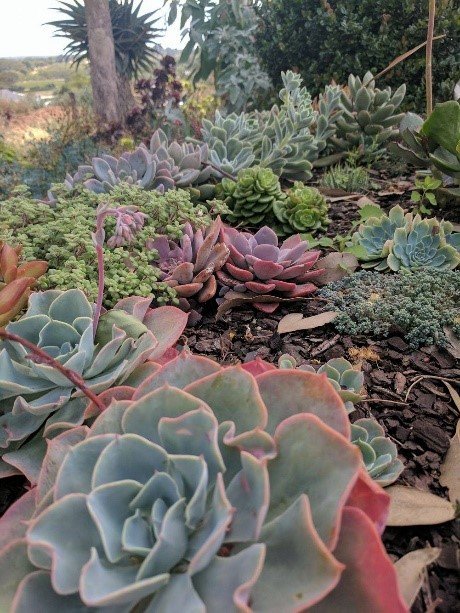
Problems Growing Succulents in Oz
We have a few problems in Australia with regard to the identification of succulents. Often, when purchasing a succulent there is no identification of the genus OR the species of succulent. The word ‘succulent’ with general – often incorrect – growing guidelines is all that is sold with the plant.
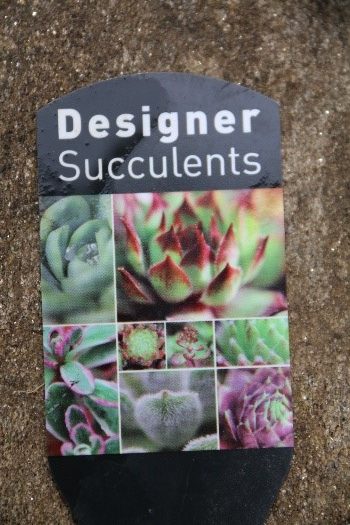
Some states within Australia also have further biodiversity laws that do not allow any plant matter to be posted from other parts of the country. This then restricts the variety of succulents available to the succulent lovers within these states, or alternatively, it is a costly and time-consuming process to have the authority to import them.
Pests Issues
Australia has its own share of pest problems (despite being an island). We share the rest of the worlds' hatred of mealy bugs. I have also had some of my succulents in my front garden eaten by a passing mob of kangaroos!
FAQ:
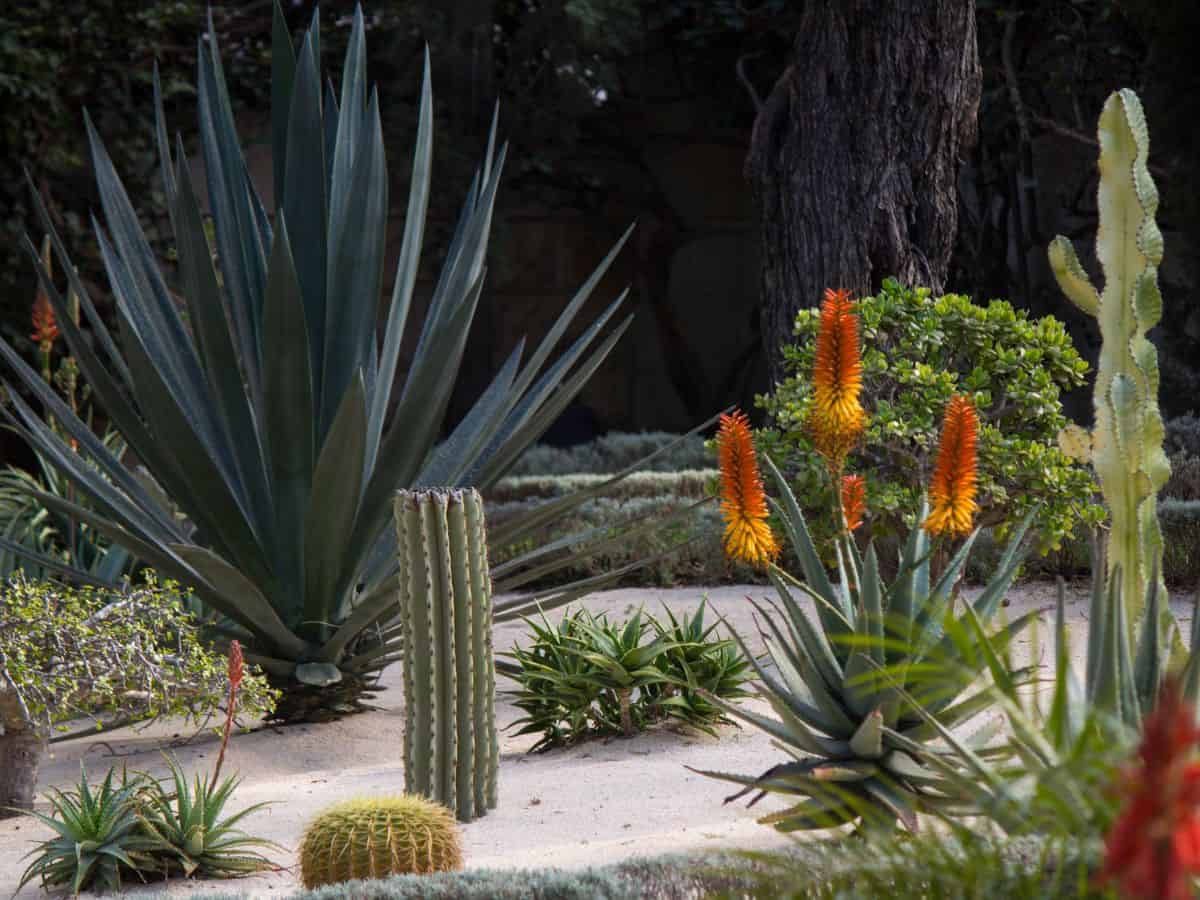
Nurturing succulents is not as easy as you think as you have probably come to realize on your succulent journey. Succulents are fuss-free plants that require very little tender loving care, but that is often what makes them hard to care for. The following frequently asked questions section should help with your general succulent queries.
Q: How do you look after succulents in Australia?
A: Getting the plant’s watering routine right is vital when keeping succulents in Australia. You should water succulents once every month during winter, every two weeks during spring and autumn, and weekly during hot summer months. Always touch the soil and check the moisture levels before watering your plant. You should only water succulents when the soil is completely dry.
Q: Do succulents like full sun or shade?
A: Succulents thrive in full sun and partial shade. You should never grow succulents in full shade as they will not get enough sunlight to grow, and they may even begin to grow in a stretched-out way to search for sunlight.
Q: What is the best way to plant succulents?
A: Succulents should be planted in porous cactus soil that doesn’t contain chemical fertilizers. The pot needs to have sufficient drainage holes and be made out of breathable material such as terracotta or clay.
Q: Can I plant succulents in just rocks?
A: No, you shouldn’t plant succulents in just rocks. Plants can’t establish a strong root system if they are planted in rocks alone.
Q: Why should I put pebbles on my succulents?
A: Topping soil helps improve the plant's drainage. Succulents should be planted in well-drained soil to prevent root rot and other diseases such as powdery mildew.
Q: Is it better to neglect your succulent plant?
A: Yes, your succulent will thrive on neglect more than if you were to fuss over it constantly. Succulents are low-maintenance plants, especially plants that are native to Australia.
Q: Can I touch my succulents?
A: You can touch your succulent plants, but only if you wish to check for discoloration or signs of pests and diseases. Succulents are coated with a white powder that acts as a sunscreen and stops plants from becoming sunburnt. If this powder is disturbed or removed, the plant does not have the ability to reproduce it.
Q: Should you mist succulents?
A: Succulents shouldn’t get misted. Misting your succulents could result in them being overwatered and developing powdery mildew, or diseases could spread through the plant through water droplets.
About the Author
Jane Moloney runs the website Succulents by Jmo – a blog about all things to do with succulents in Australia.

